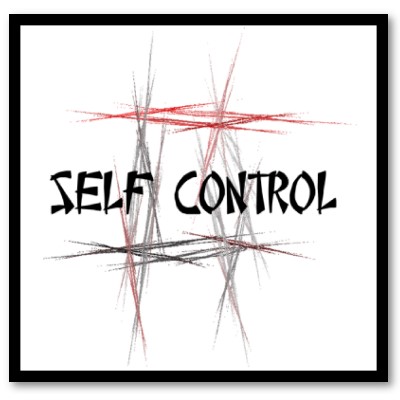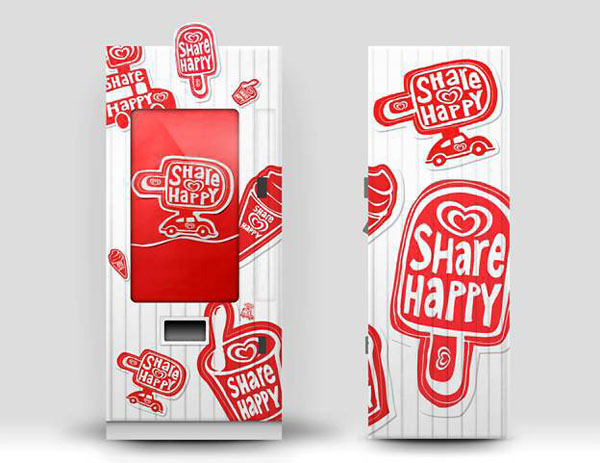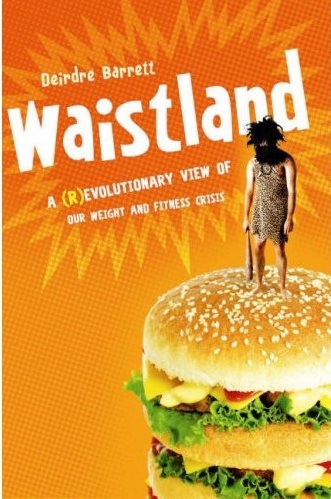 In developed countries the top survival skill in the early 21st century looks to be the ability to self-regulate or control your own behaviors, appetites and emotions. The simple form of this argument points to otherwise avoidable health risks being the number one cause of death. Lifestyle choices (eating, exercise, drugs, stress, etc.) leading to chronic conditions and eventual death.
In developed countries the top survival skill in the early 21st century looks to be the ability to self-regulate or control your own behaviors, appetites and emotions. The simple form of this argument points to otherwise avoidable health risks being the number one cause of death. Lifestyle choices (eating, exercise, drugs, stress, etc.) leading to chronic conditions and eventual death.
In a recent New York Times article Dysregulation Nation, Judith Warner, chronicles the details:
“Now there is a case to be made that problems of self-regulation — of appetite, emotion, impulse and cupidity — may well be the defining social pathology of our time.”
“Eating disorders, “in general a disorder of self-regulation,” according to Darlene M. Atkins, director of the Eating Disorders Clinic at Children’s National Medical Center in Washington, grew epidemic in the past few decades, and in recent years have spread to minority communities, younger girls, older women and boys and men too.”
“We read about dopamine fiends sitting enslaved to their screens, their brains hooked on the bursts of pleasure they receive from the ding of each new e-mail message or the arousing flash of a tweet. “
“Mental-health professionals report seeing increasing numbers of kids who are all out of sync: they can’t sustain attention, regulate their rage, moderate their pain, tolerate normal types of sensory input.”
“The signs that something is amiss in our inner mechanisms of control and restraint are everywhere. “
As dark as this seems I firmly believe we can design our way out of it. Read the rest of this entry »

 Imagine you sit down to enjoy some TV and discover the remote control is across the room. Can you design a way/device to fetch the remote without getting up? If so you may want to submit your idea to the Grab the Remote Contest and try to win a 3-D TV. Be sure to check out the ideas that have already been submitted on YouTube.
Imagine you sit down to enjoy some TV and discover the remote control is across the room. Can you design a way/device to fetch the remote without getting up? If so you may want to submit your idea to the Grab the Remote Contest and try to win a 3-D TV. Be sure to check out the ideas that have already been submitted on YouTube.









